Comparative analysis of cost between alumina ceramic valve plate and metal valve plate
In industrial valve applications, the valve disc is one of the core components, and its material selection directly affects the performance, service life, and cost of the equipment. At present, metal valve plates (such as stainless steel, alloy steel, etc.) and alumina ceramic valve plates are the two mainstream choices.
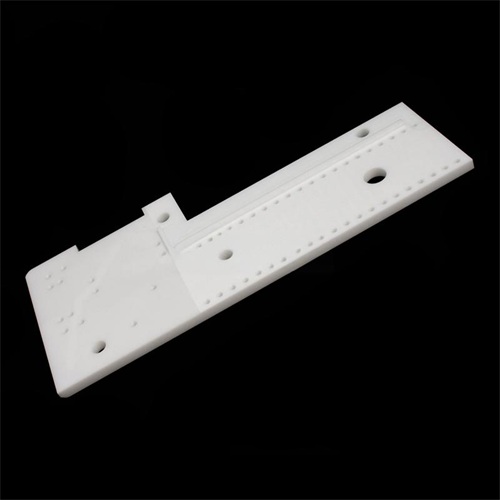
Direct cost comparison
Raw material cost
-Metal valve plate:
Common materials include 304/316 stainless steel, carbon steel, titanium alloy, etc. The raw material prices are relatively low, the market supply is sufficient, and the processing technology is mature, resulting in lower manufacturing costs.
-Aluminum oxide ceramic valve disc:
Made by sintering high-purity alumina (Al ₂ O ∝), the raw material cost is high, and the sintering process is complex, resulting in a low yield rate and high unit cost.
Conclusion: The initial procurement cost of metal valve plates is lower, but ceramic valve plates are more cost-effective in the long term under specific operating conditions.
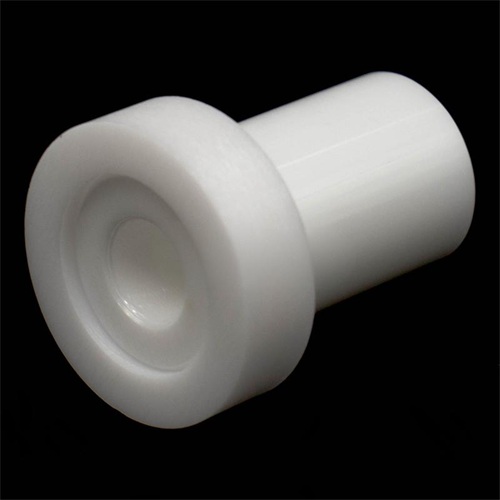
Processing and manufacturing costs
-Metal valve plate:
-Traditional machining methods such as turning, milling, and stamping can be used, with high production efficiency and suitable for large-scale production.
-However, high-precision valve plates (such as those used for precision control) may require additional heat treatment or surface treatment (such as chrome plating, nitriding), which increases costs.
-Aluminum oxide ceramic valve disc:
-Precision sintering and grinding processes are required, which are difficult to process, especially for valve plates with complex shapes, resulting in a high scrap rate.
-However, ceramic valve plates usually do not require additional surface treatment, have high hardness, and can be used directly.
Conclusion: Metal valve plates are more suitable for large-scale standardized production, while ceramic valve plates have advantages in small batch and high-precision requirements.
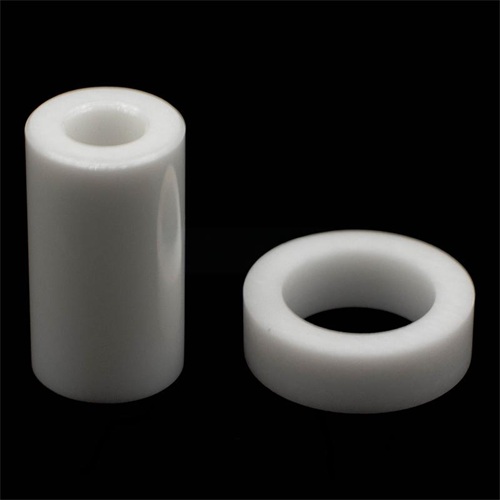
Comparison of long-term usage costs
Although the initial cost of ceramic valve plates is relatively high, their wear resistance, corrosion resistance, and long lifespan can significantly reduce long-term usage costs.
service life
-Metal valve plate:
-Easy to wear in high-speed, high wear or corrosive media, with a short lifespan (usually 6 months to 2 years).
-Frequent replacement is required, which increases downtime and maintenance costs.
-Aluminum oxide ceramic valve disc:
-High hardness (Hv ≥ 1500), wear resistance 5-10 times that of metals, acid and alkali corrosion resistance, and a lifespan of 5-10 years or even longer.
-Suitable for harsh working conditions (such as chemical, mining, power and other industries).
Conclusion: Ceramic valve disc replacement frequency is low, and long-term use is more economical.
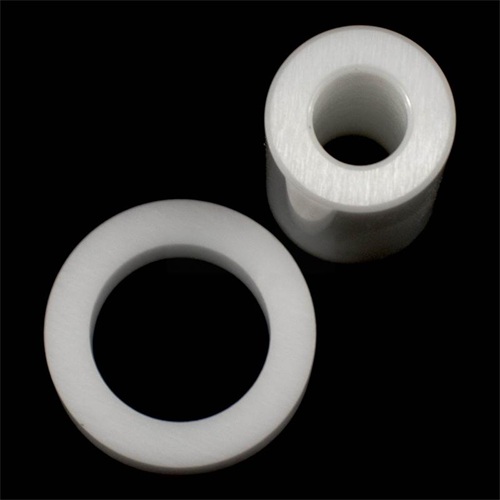
Maintenance and downtime costs
-Metal valve plate:
-Regular inspection, lubrication, or replacement are required, resulting in high maintenance costs.
-Shutdown and replacement affect production efficiency, especially under high-intensity working conditions.
-Aluminum oxide ceramic valve disc:
-Almost maintenance free, reducing downtime, and improving equipment continuous operation efficiency.
Conclusion: Ceramic valve plates can significantly reduce maintenance and downtime costs.
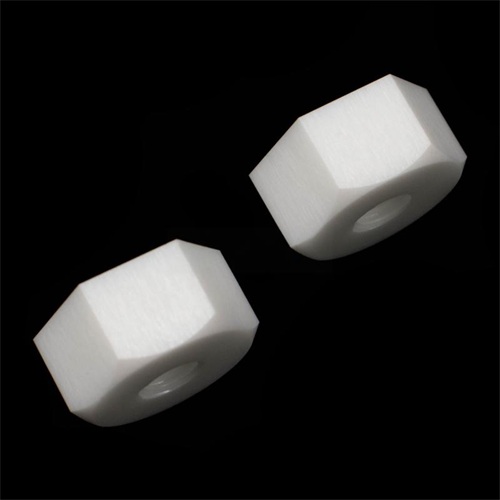
Performance comparison (indirect impact on cost)
Performance indicators: Metal valve disc, alumina ceramic valve disc
Moderate wear resistance, extremely strong wear resistance, long service life
Corrosion resistance depends on the material (such as 316 stainless steel), excellent, acid and alkali resistance
High temperature resistance (but prone to deformation at high temperatures), excellent (can withstand temperatures above 1600 ℃)
Good sealing performance, but prone to leakage after long-term use. High precision and long-term stability
Heavy and lightweight, reducing system load
Conclusion: Ceramic valve plates have significant advantages in key properties such as wear resistance, corrosion resistance, and high temperature resistance, which can reduce additional costs caused by insufficient performance.
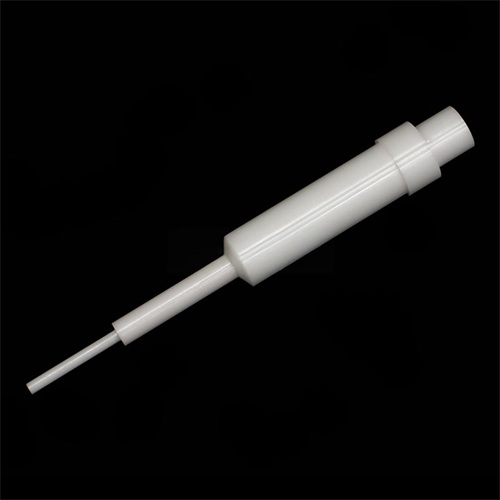
Applicable scenarios and cost optimization suggestions
Recommended scenarios for using metal valve plates
-Low cost requirements: limited budget, mild operating conditions (such as ordinary water treatment, low-pressure gas control).
-Short term use: applications with short device lifespan or easy replacement.
Recommended scenarios for using alumina ceramic valve plates
-High wear conditions: such as mining slurry transportation and ash and slag systems in thermal power plants.
-Strong corrosive environment: acid and alkali medium control in the chemical and pharmaceutical industries.
-Long lifespan requirement: Reduce maintenance frequency and improve equipment reliability.
Cost optimization suggestions:
-If the budget allows, ceramic valve plates are preferred for long-term savings.
-For low wear conditions, metal valve plates can be chosen to reduce initial investment.
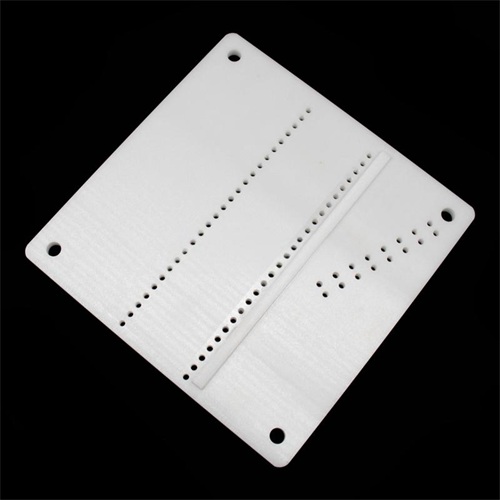
Comparative dimension metal valve plate, alumina ceramic valve plate
Low initial cost and high
Long term use with high cost (frequent replacement) and low cost (long lifespan)
Wear resistance is generally extremely strong
Medium to excellent corrosion resistance
High and extremely low maintenance costs
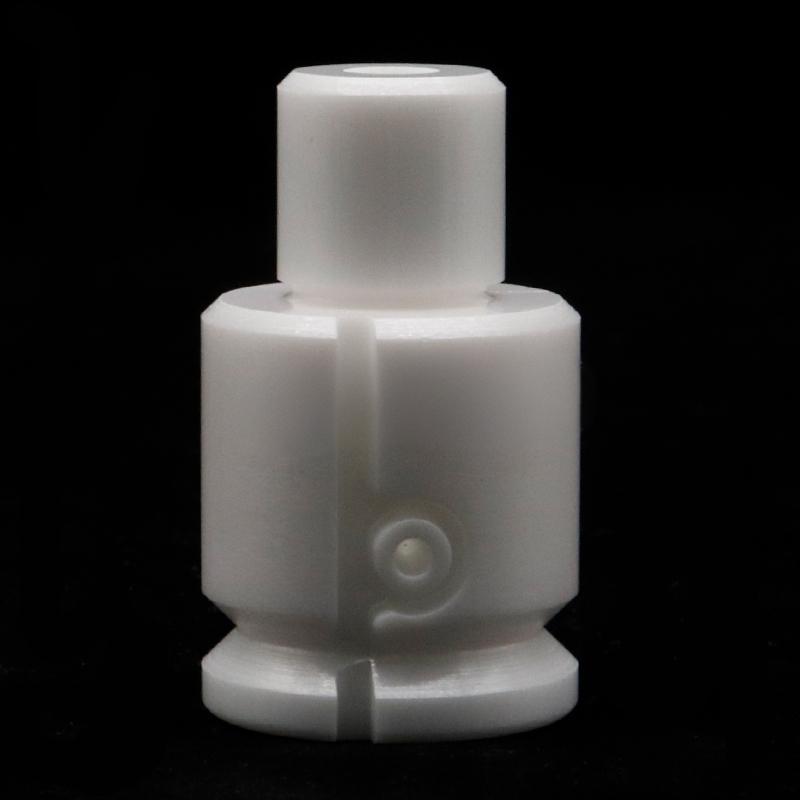
Comprehensive suggestion:
-Short term, low-cost demand → Choose metal valve plates.
-Long term, high wear/corrosion resistance requirements → Choose alumina ceramic valve plates, although the initial cost is high, the overall cost is lower.
Through reasonable selection, users can maximize economic benefits while improving equipment reliability.
Brudeze Ceramics supplies and sells a wide range of high-quality quartz glass, including alumina ceramics, zirconia ceramics, silicon nitride ceramics, aluminum nitride ceramics, silicon carbide ceramics, boron carbide ceramics, bioceramics, machinable ceramics, etc. We can meet the customization requirements of various ceramic products.
CATEGORIES
LATEST NEWS
- What is Macor processable g...
- The material properties and...
- The reason for the high pri...
- What are the preparation me...
- Why modify aluminum nitride...
- Thermal conductivity values...
- What is the thermal expansi...
- Thermal shock resistance of...
- The average coefficient of ...
- What is high alumina ceramic
